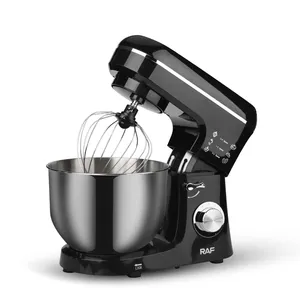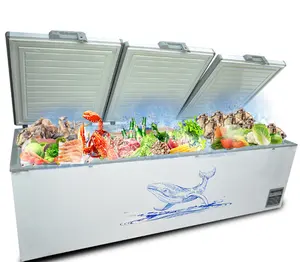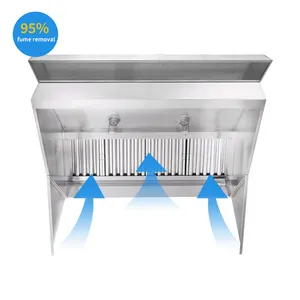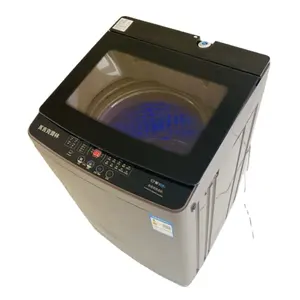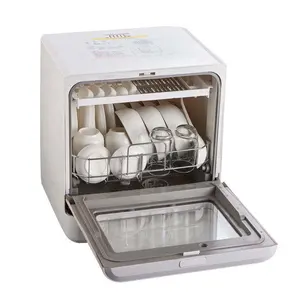Popular in your industry























































Top categories
About oven igniters
Introduction to Oven Igniters
Oven igniters are crucial components in gas appliances like ovens and stoves that play a vital role in igniting the gas to create the necessary heat for cooking. These igniters are designed to withstand high temperatures and provide reliable ignition for seamless cooking experiences.
Types of Oven Igniters
There are various types of oven igniters available in the market to cater to different models and brands of gas appliances. Some common types include round oven igniters, flat oven igniters, and universal oven igniters. Each type has specific compatibility and installation requirements, so it's essential to choose the right one for your equipment.
Technical Aspects of Oven Igniters
Oven igniters operate using a heating element that glows red-hot when electricity passes through it, igniting the gas and starting the heating process. The electrical resistance of the igniter determines the amount of heat it generates, ensuring efficient and consistent ignition. Additionally, the material used in the construction of the igniter affects its durability and lifespan.
Design Features of Gas Range Lighters
Gas range lighters, also known as oven igniters, come in compact and sturdy designs to fit seamlessly into gas appliances. They are typically made from high-quality materials like silicon carbide or silicon nitride to withstand extreme temperatures and repeated use. The design also includes connectors for easy installation and compatibility with various gas ranges.
Choosing the Right Gas Range Igniter
When selecting a gas range igniter for your appliance, consider factors such as compatibility with your model, electrical specifications, and durability. Ensure that the igniter is designed to meet the voltage and resistance requirements of your gas range for optimal performance. Additionally, look for igniters with a robust construction to ensure longevity and reliability.
Installation and Maintenance of Igniters for Gas Stoves
Proper installation of igniters for gas stoves is crucial to ensure safe and efficient operation. Follow the manufacturer's guidelines and safety instructions during installation to prevent malfunctions and hazards. Regular maintenance, such as cleaning the igniter and checking for any signs of wear, can extend its lifespan and prevent unexpected failures.
Enhanced Ignition Technology for Gas Range Ignition
Recent advancements in gas range ignition technology have led to the development of faster and more reliable igniters. These innovative igniters use advanced materials and designs to improve ignition speed and efficiency, reducing preheating times and enhancing overall cooking experiences. Look for igniters with enhanced technology for superior performance.
Reliability and Performance of Igniter for Gas Stove
Igniters for gas stoves are known for their reliability and consistent performance, ensuring quick and hassle-free ignition every time you cook. The high-quality construction and precise engineering of these igniters make them durable and long-lasting, providing peace of mind to users. Invest in a reliable igniter to enjoy uninterrupted cooking sessions.
Compatibility and Versatility of Gas Range Ignition
Gas range igniters are designed to be compatible with a wide range of gas appliances, offering versatility to users with different equipment. Whether you have a specific brand or model of gas range, there is an igniter available to suit your needs. Ensure compatibility and proper installation to enjoy seamless ignition functionality.
Efficiency and Energy-Saving Features of Oven Igniters
Oven igniters are not only essential for ignition but also contribute to energy efficiency in gas appliances. By providing quick and reliable ignition, these igniters help reduce energy waste during cooking processes. Their efficient operation ensures that the gas is ignited promptly, minimizing fuel consumption and optimizing energy usage.
